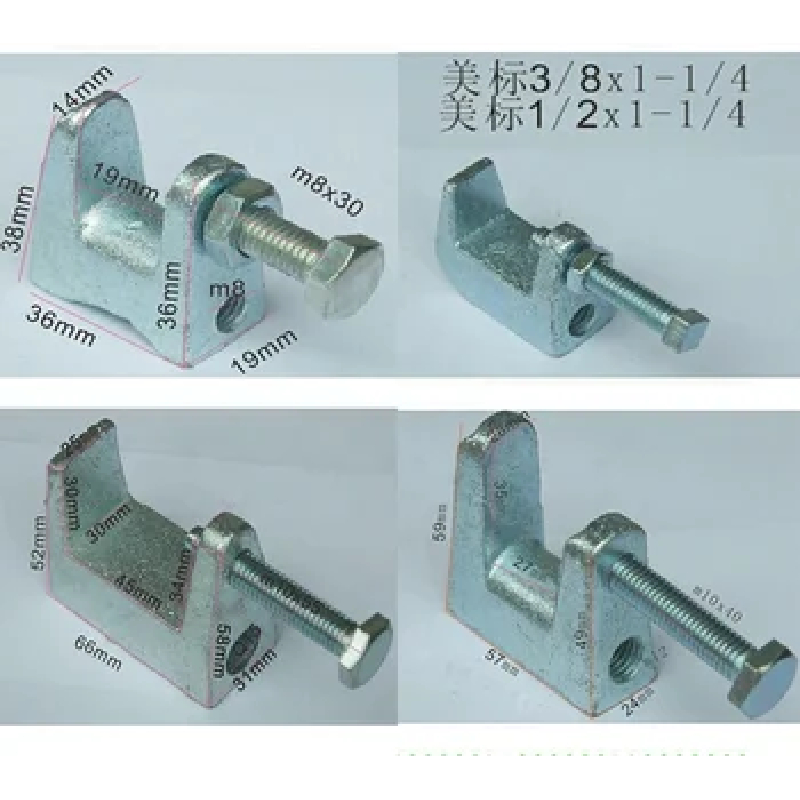Říj . 11, 2024 19:14 Back to list
Choosing the Right Screws for Securing Your Motherboard Installation
When it comes to building or upgrading a computer, one of the often overlooked but crucial aspects is choosing the right screws for the motherboard. The motherboard is the main circuit board that connects all the components of a computer. It provides the critical infrastructure necessary for various components, such as the CPU, RAM, GPU, and storage devices, to communicate with each other. Therefore, securing the motherboard correctly is vital for the stability and longevity of your build.
Types of Screws Used for Motherboards
1. Standard Motherboard Screws Most motherboards use standard screws known as standoffs. These are usually 6-32UNC screws, which means they are 6-gauge screws that follow the unified national coarse threading. The dimensions and thread types can vary slightly depending on the motherboard manufacturer, but most modern motherboards are compatible with these standard screws.
2. Standoffs Before securing the motherboard, standoffs are installed in the case. These are small brass or nylon pillars that elevate the motherboard off the metal chassis. Standoffs not only help in fastening the motherboard but also prevent electrical short-circuits by ensuring that the motherboard does not come into direct contact with the case. There are varying heights of standoffs, so it's essential to use the appropriate type for your specific motherboard and case combination.
3. Screw Lengths The length of the screws should ideally be long enough to secure the motherboard firmly without piercing through. Typically, motherboard screws are around 6-10mm in length. It is vital to use screws that are neither too short nor too long, as this could lead to insufficient fastening or damage to the motherboard.
Choosing the Right Screwdriver
When installing screws into your motherboard, it is essential to use the proper screwdriver. A 2 Phillips screwdriver is generally the best option for most motherboard screws. Avoid using power tools, as these can easily strip the screws or damage the threaded holes. Hand-tightening the screws is recommended to ensure they are secure without being overly tightened.
Tips for Securing Your Motherboard
what screw to use for motherboard

1. Organize Your Screws During installation, keep the screws organized. Mixing different types of screws can lead to confusion and ultimately damage your components.
2. Be Gentle When fastening the screws, apply gentle pressure to avoid bending the motherboard. Over-tightening can flex the board and potentially cause microfractures, which can lead to hardware failure.
3. Use Anti-Static Precautions Work in an anti-static environment to prevent any static electricity from damaging the sensitive components. An anti-static wrist strap can be helpful during the building process.
4. Consult the Manual Always refer to the motherboard's manual for specific installation procedures and screw specifications. Different manufacturers may have unique guidelines that are crucial for a successful build.
5. Recheck Connections After securing the motherboard, double-check all connections to ensure they are correctly seated. This attention to detail will prevent operational issues later on.
Conclusion
Choosing the right screws and properly securing your motherboard is a foundational step in the computer-building process. By understanding the types of screws used, how to choose the right tools, and following best practices, you can ensure that your motherboard and other components are secured for optimal performance. Proper installation minimizes the risk of hardware failure and contributes to the overall longevity of your computer system. Whether you're a seasoned builder or a newcomer to assembling PCs, paying attention to these details will lead to a more successful and rewarding experience.


